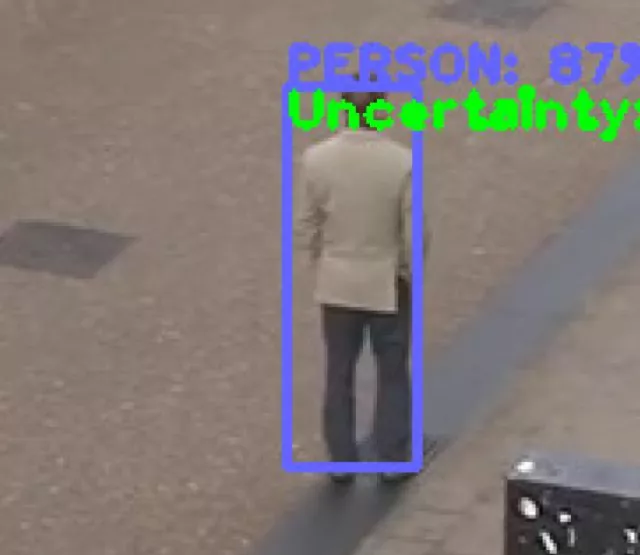
Fibre alongside the Power Lines
Förderjahr 2022 / Stipendien Call #17 / Stipendien ID: 6403
Deploying telecommunications networks is a large-scale and resource-intense activity. For this reason, projections of demand are key for network operators when deciding where to deploy which types of telecommunications network. Frequently, this means that rural areas are left behind, as the cost of connecting less densly populated areas is significantly higher compared to deployment in urban areas. As a consequence, other actors may get involved to ensure that telecommunications networks are deployed in areas which operators would consider to be low-demand. In Burgenland, the government has developed a broadband strategy to increase access to optical fibre networks, and has tasked a utility provider, Burgenland Energie, with their deployment. I would therefore like to know: how does the broadband strategy of Burgenland enact demand in the context of fibre optics network deployment?
Uni | FH [Universität]
Themengebiet
Gesamtklassifikation

Projektergebnisse
If networks are deployed where there is demand, then which kind of demand do those who deploy networks see? Which instruments do they use to frame demand, locate demand, and add it up? These are the questions which I tried to understand better through my master's thesis. They might seem small questions, but they make a difference in terms of where networks are deployed. This means that the answers to these questions can tell us a little more about how the phenomenon of the digital divide comes about. My research focused on the broadband strategy of Burgenland and the actors it enrolls in the deployment of fibre optics networks. In this small case study, I explored first the framing of the project - who does the broadband strategy see as in need of networks -, before moving on to the lenses through which you can see demand and some of the consequences of these optics. To put it in a nutshell: it makes a difference whether you see demand for networks as located in those areas which are easiest to connect, or whether you see demand as located in those areas which have not yet been connected. These practices also mean taking certain approaches, or using specific topics, to make deployment possible in those areas where you locate demand for networks. Finally, I followed how these practices relate to the energy network, and how demand for energy and demand for telecommunications services may intersect at fortunate moments even though they are two very different things.






